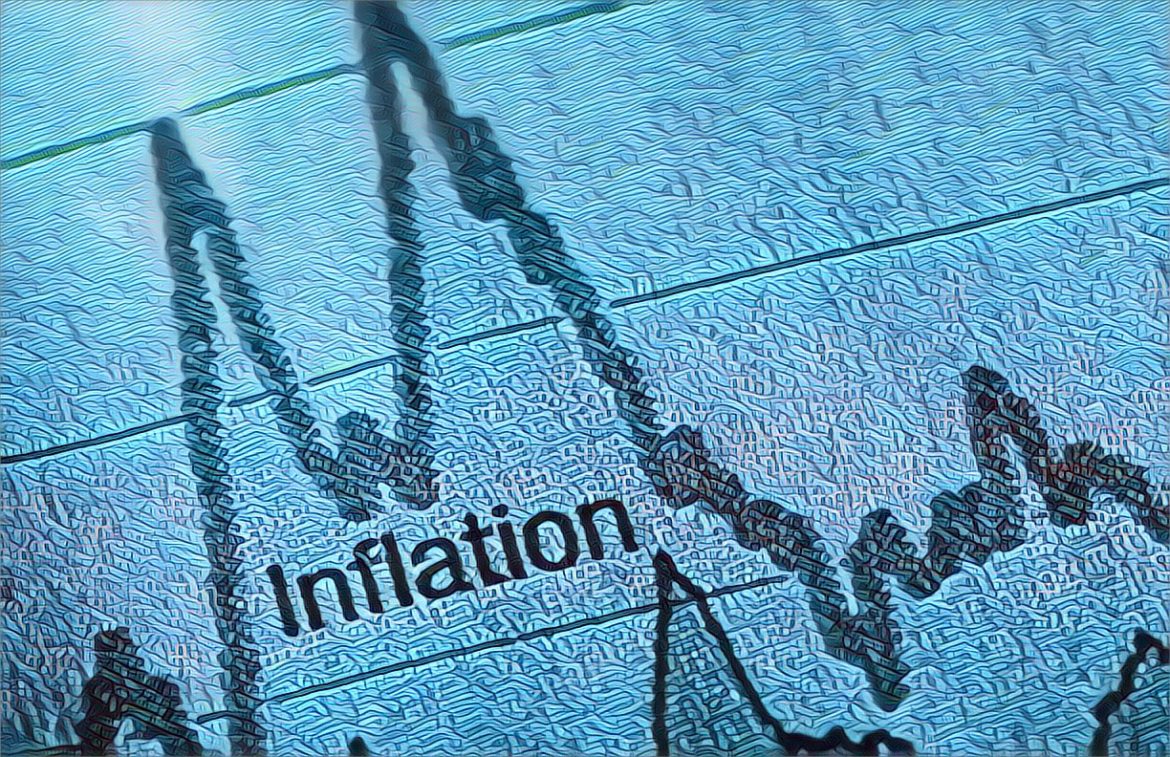Zimbabwe’s annual inflation rate has made headlines once again, standing at a surprising 18.4% in September. This comes despite the Zimbabwe National Statistics Agency (ZimStat) adopting a new geometric aggregation method to analyze the consumer price index (CPI). The move by ZimStat follows recommendations from the Southern African Development Community (Sadc) earlier this year.
The shift to geometric aggregation has raised eyebrows, especially considering the significant drop in the annual inflation rate when compared to the previous month’s 77.2%. ZimStat’s explanation for this disparity lies in the methodology itself, which is believed to offer a more accurate reflection of the economic weights of the US dollar and the Zimbabwean dollar.
Thomas Chikadaya, the prices statistics manager at ZimStat, shed light on the agency’s decision. He stated, “We usually follow the United Nations manuals we have reviews from the IMF (International Monetary Fund), Sadc, so we had a Sadc mission in July to review our numbers, and when we were doing arithmetic aggregation that is where the mission recommended that we can improve our statistics by making use of the geometric aggregation.”
Chikadaya emphasized that ZimStat now employs geometric aggregation to ensure a more precise computation of indices, considering the weights of both currencies. He elaborated, “The new methodology is taking into account the accurate computation of the two indices taking into account their weights. The new methodology takes into account the participation of the weights, that is the USD which is normally 80% of the weights and the ZWL$ is about 20% of the weights.”
However, it’s important to note that the geometric aggregatory method does not apply to the calculation of the Total Consumption Poverty Line (TCPL), which has its distinct calculation method. ZimStat reported that the TCPL for Zimbabwe saw a 4.8% increase from August, reaching ZWL$95,462.53 per person in September.
Regarding the inflation rate, Chikadaya explained, “The inflation rate for the month of September 2023 rose by 2.3 percentage points from -1.3 in August 2023 and currently stands at 1%. The rise implies that prices, as measured by the all-items consumer price index (CPI), increased by 1.0% between August 2023 and September 2023.”
This is the second time this year that ZimStat has altered its method for calculating inflation statistics, with the introduction of the blended inflation rate in March. Critics have voiced concerns, accusing the agency of “rigging” statistics.
As the debate over statistical methodologies continues, it remains to be seen how this shift will impact Zimbabwe’s economic landscape. Investors, policymakers, and citizens alike will closely monitor the consequences of these changes on their daily lives and financial well-being.
Source: Newsday Zimbabwe


